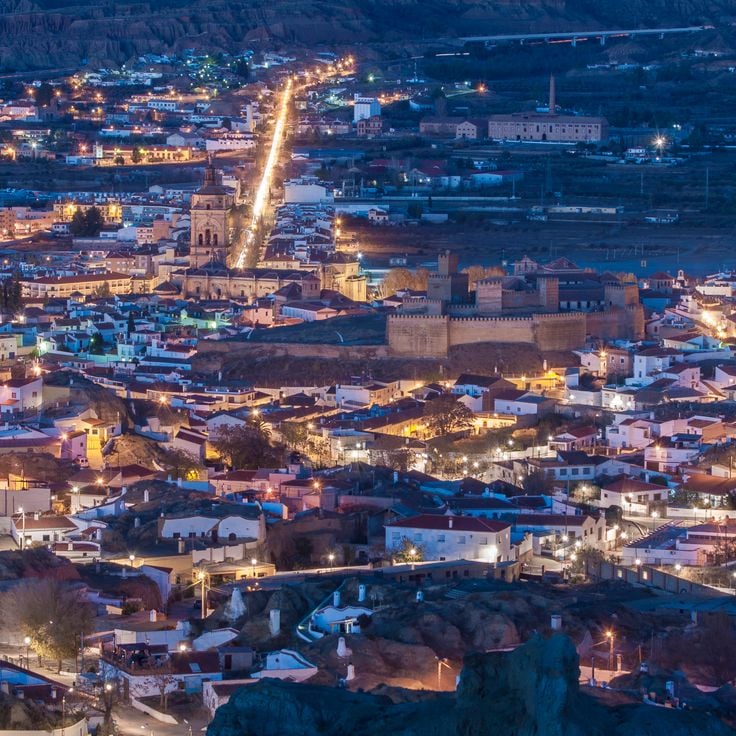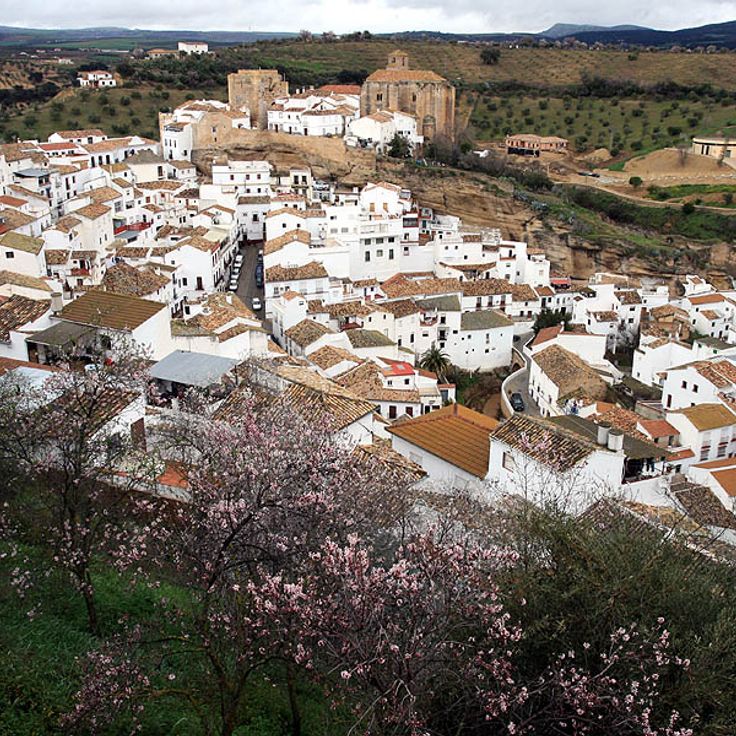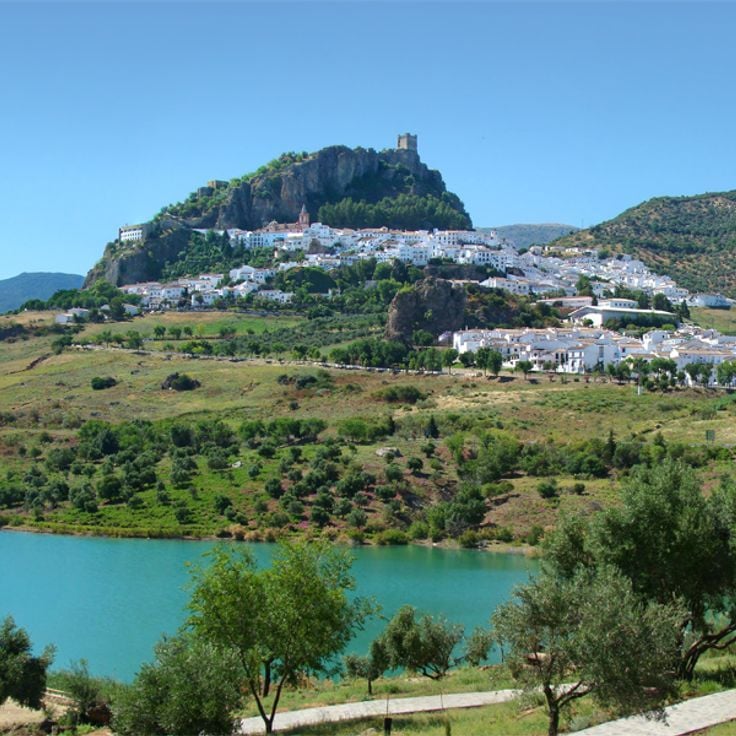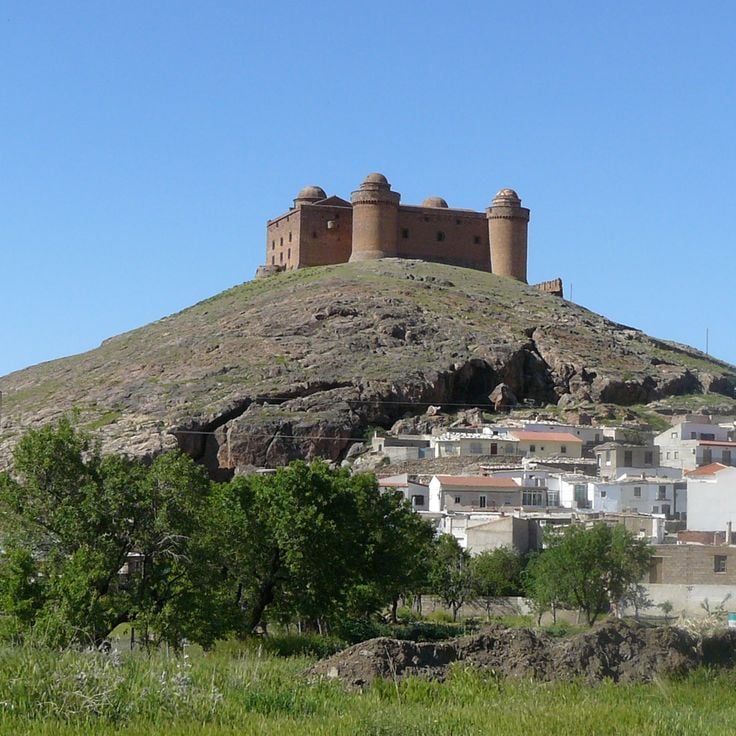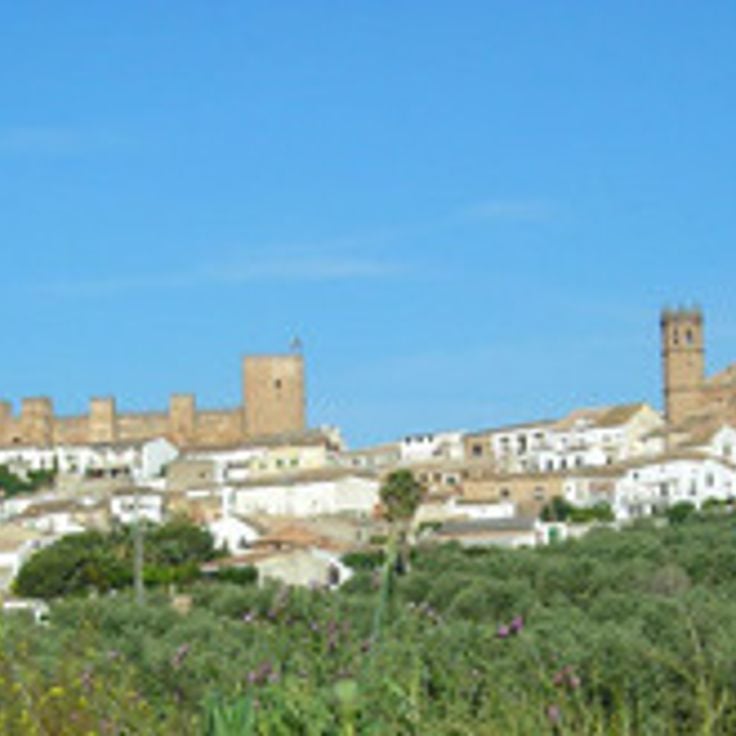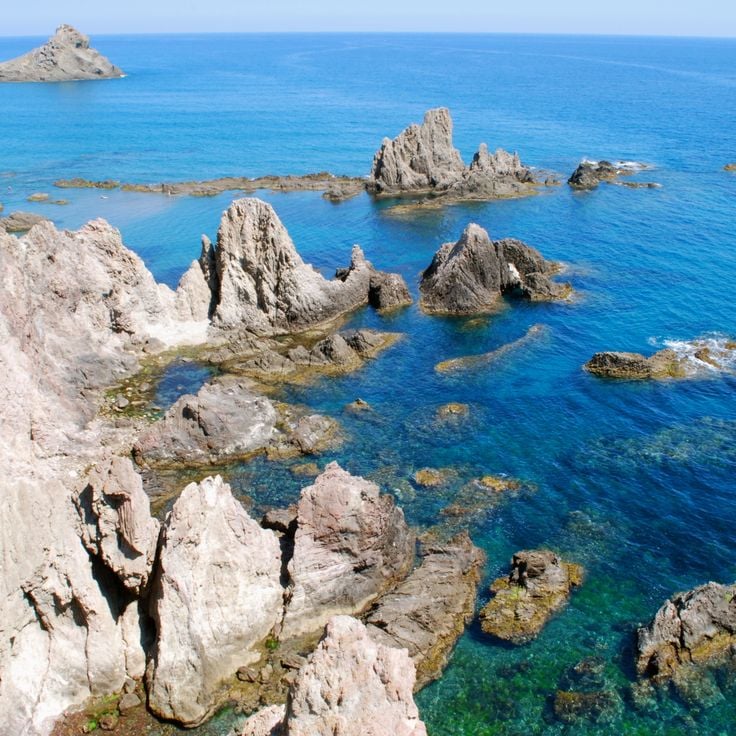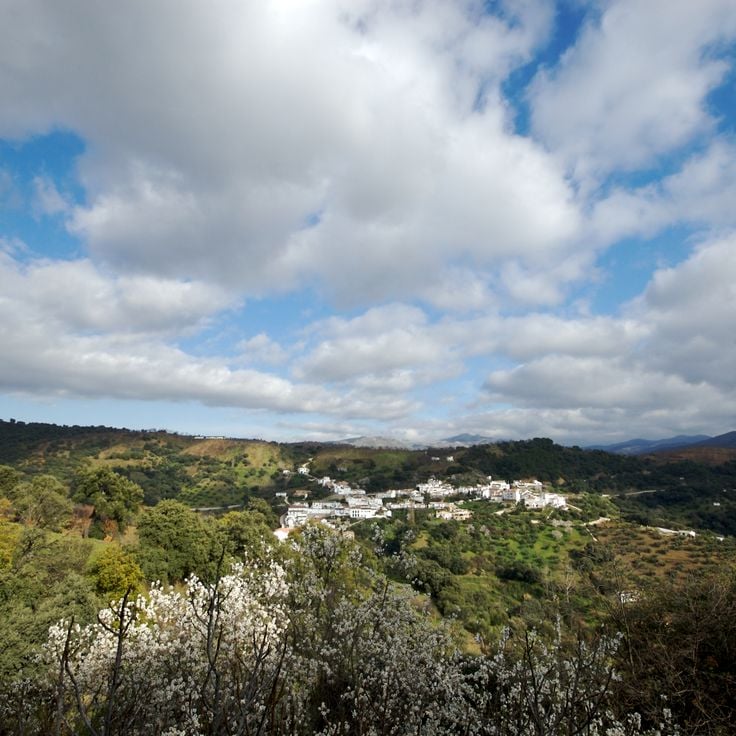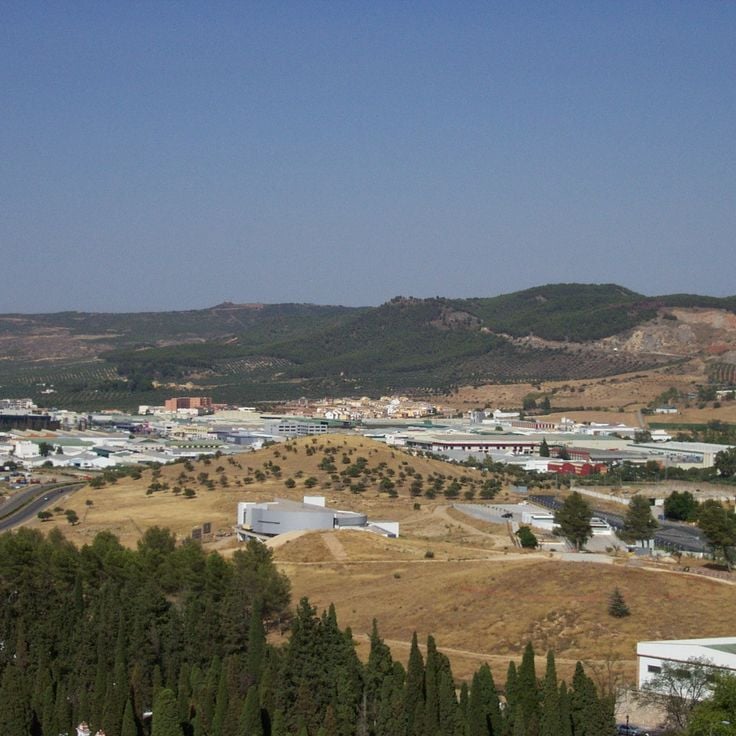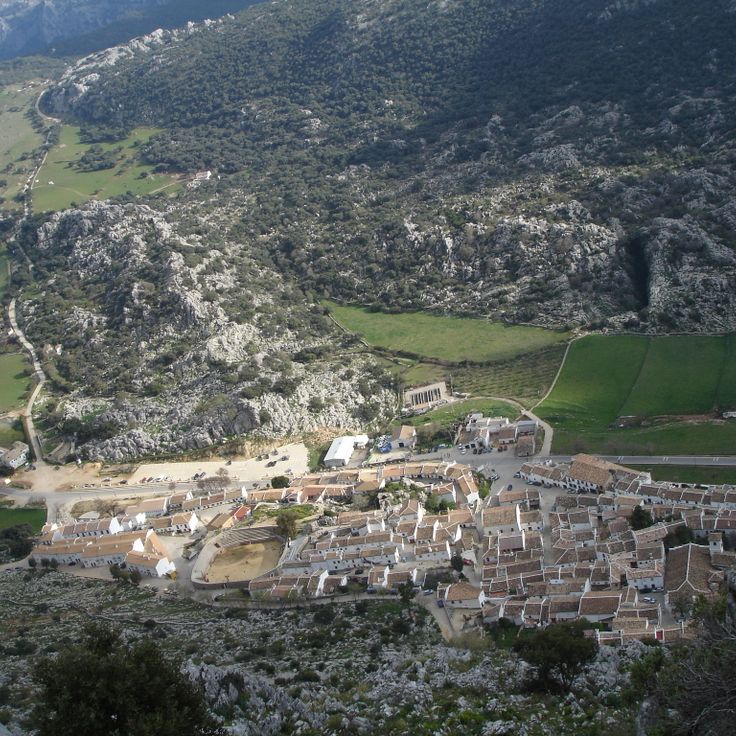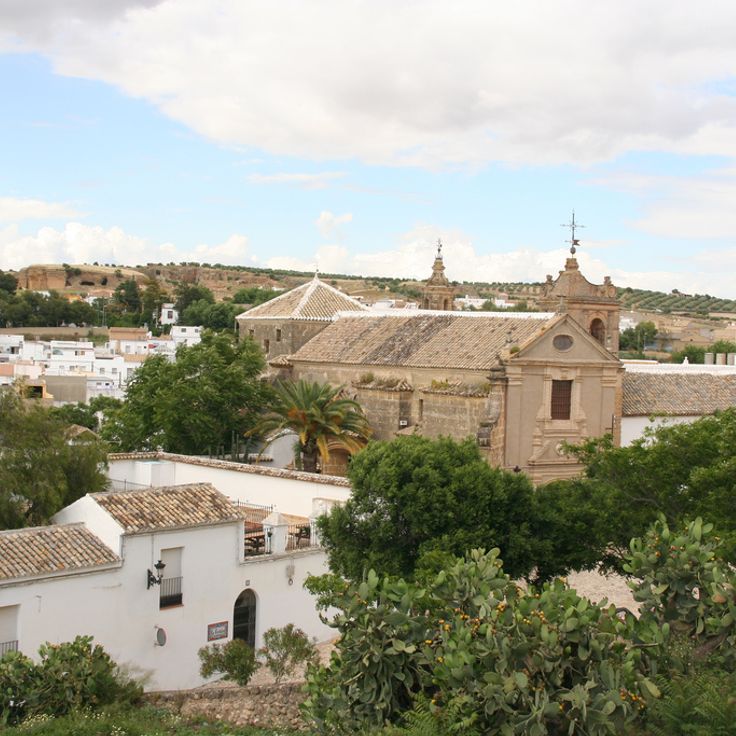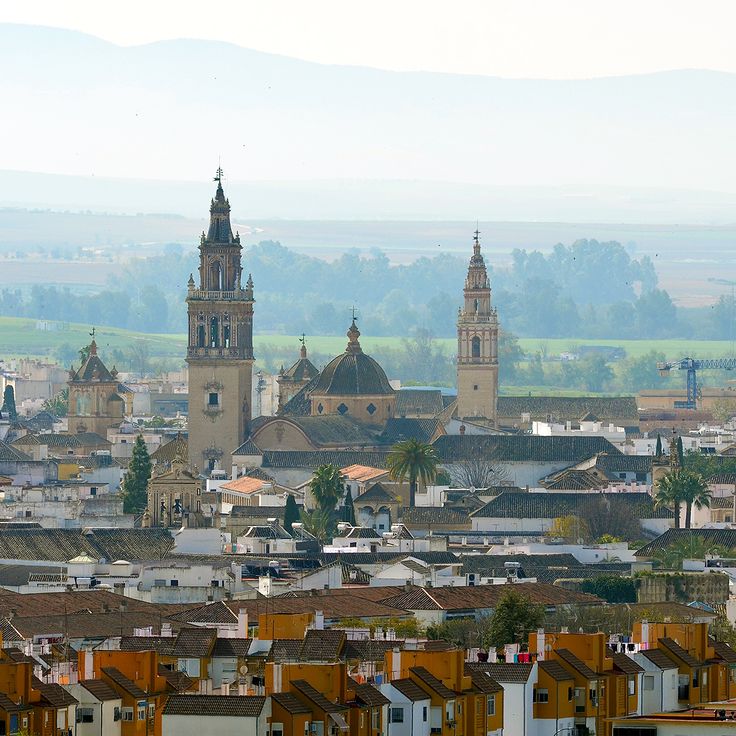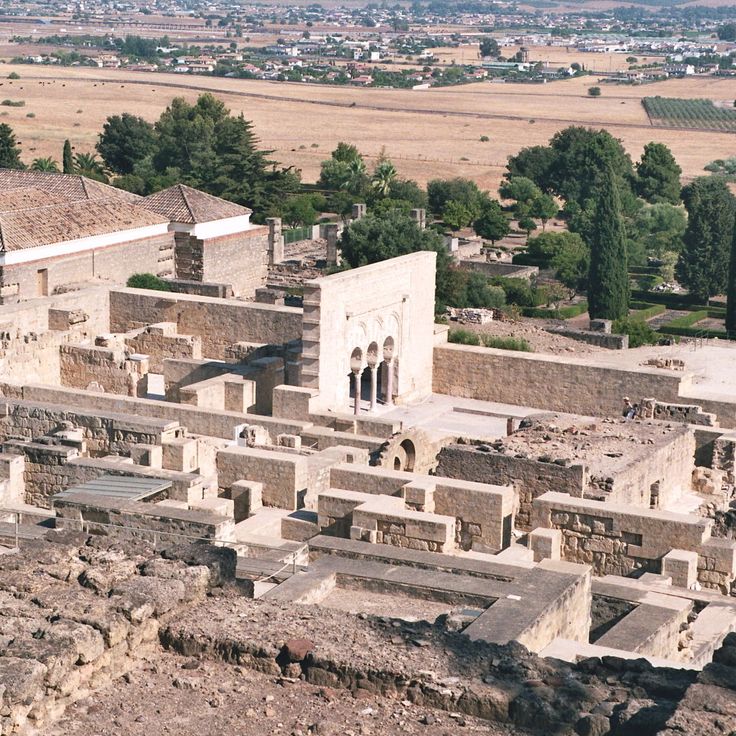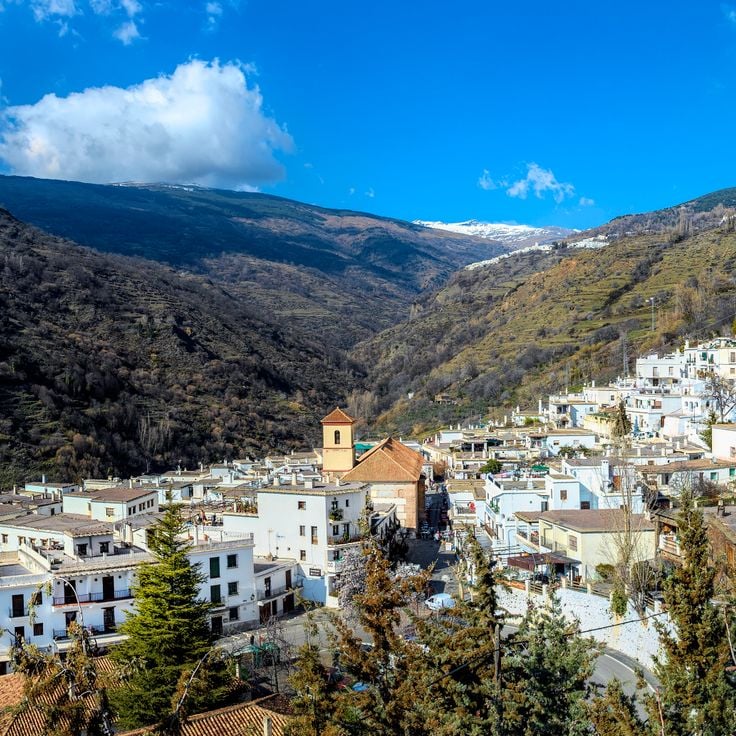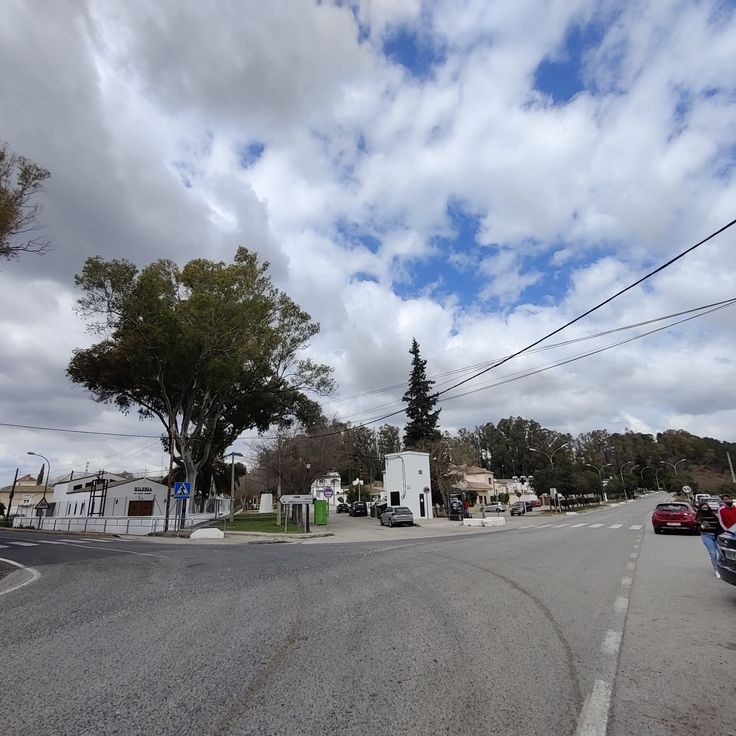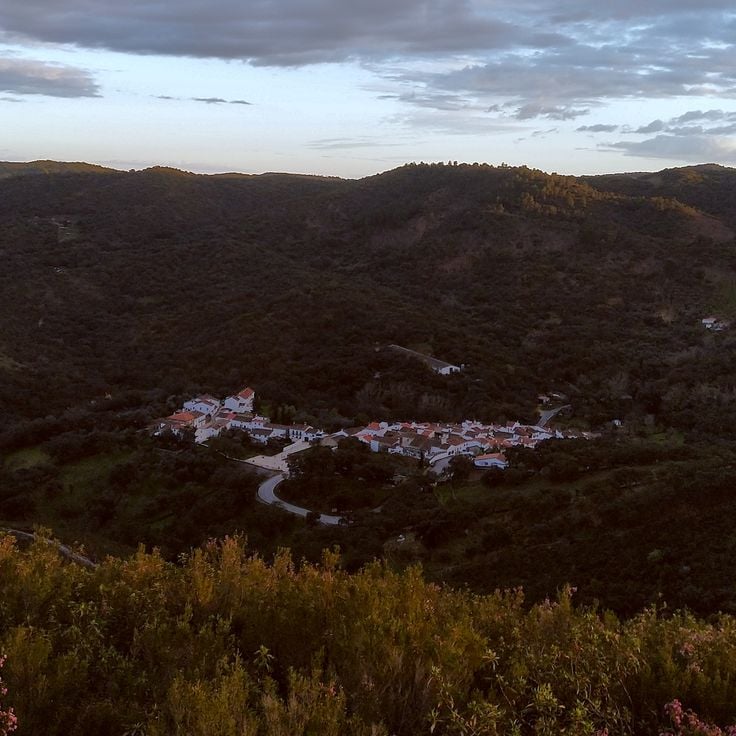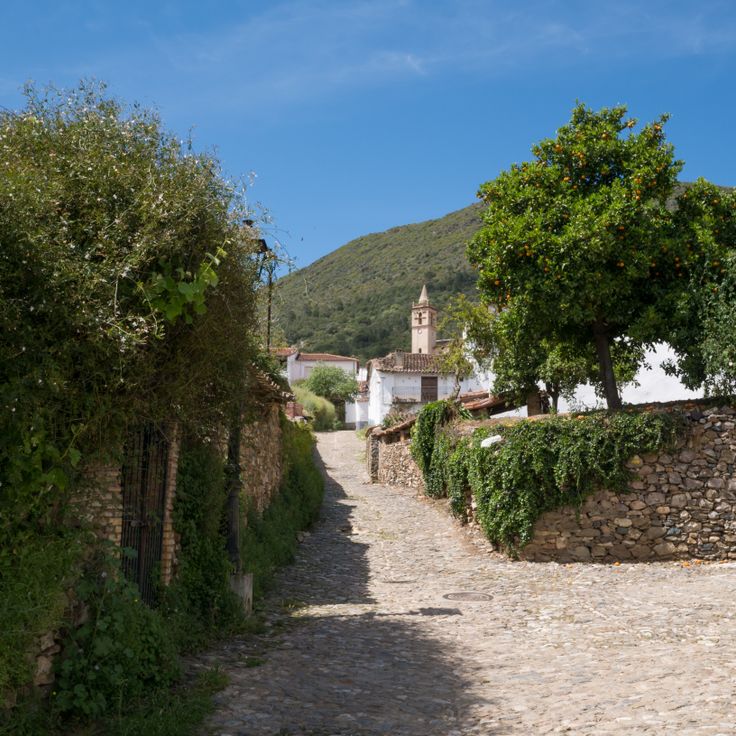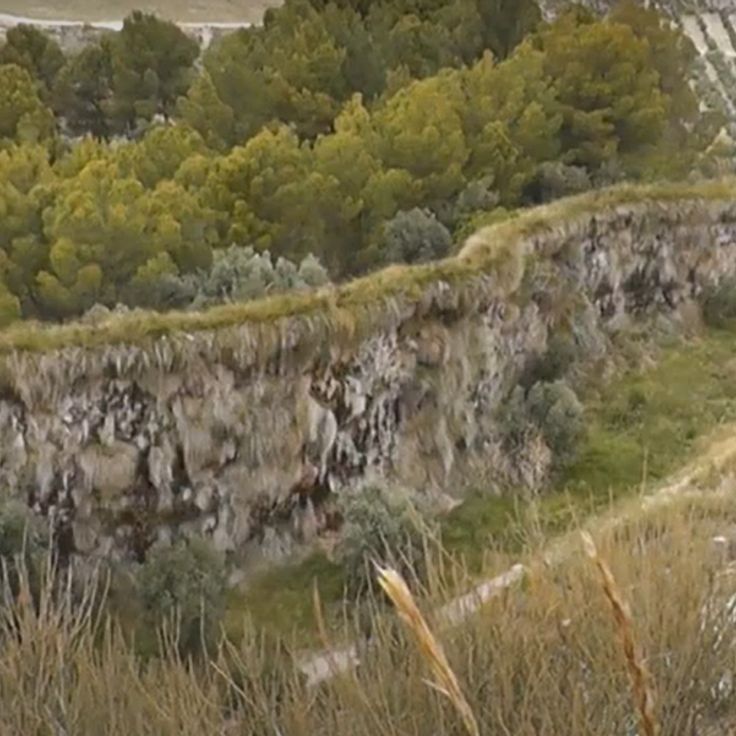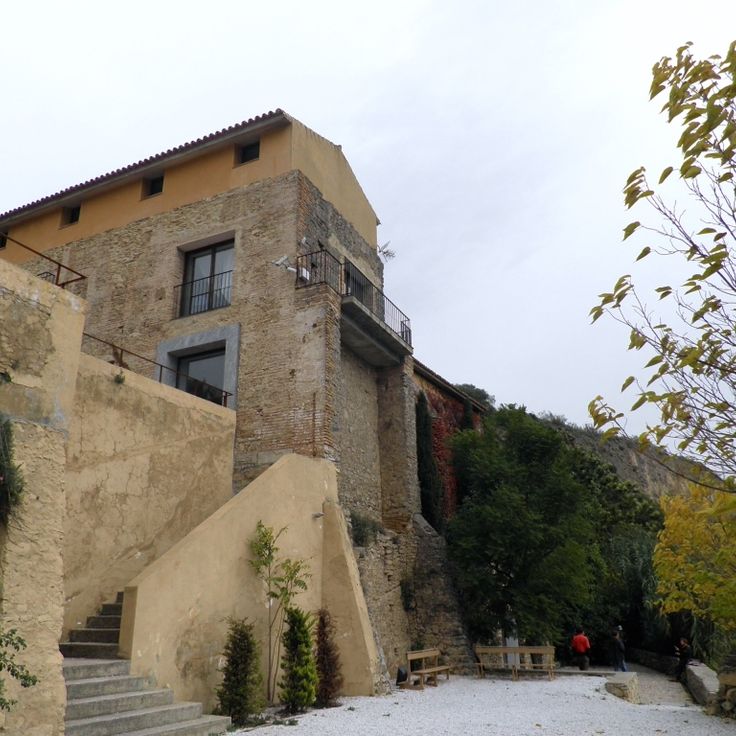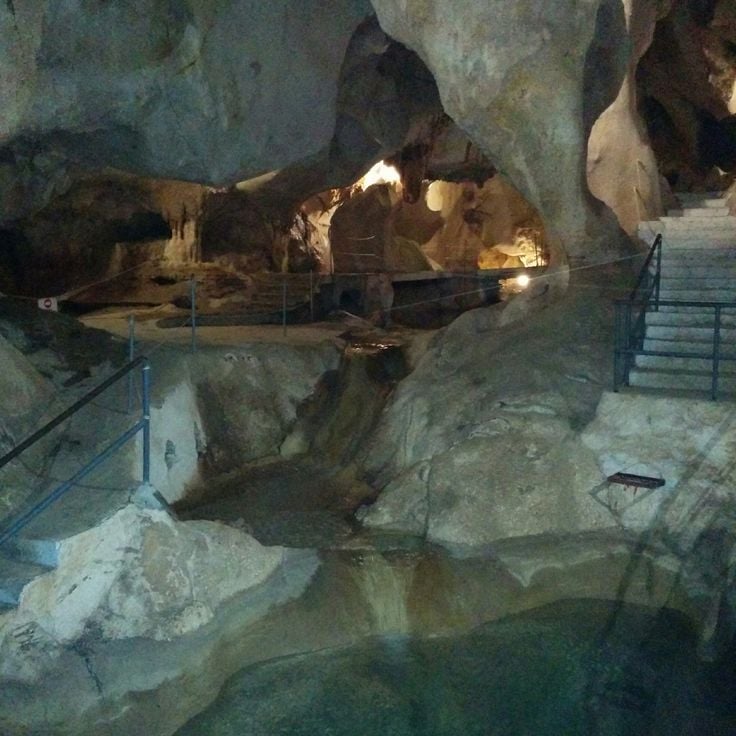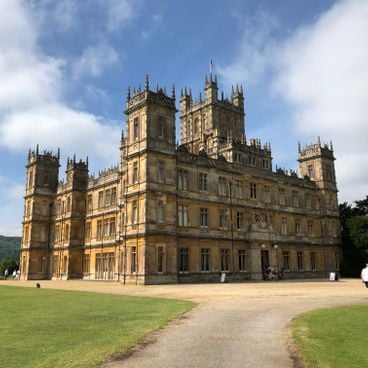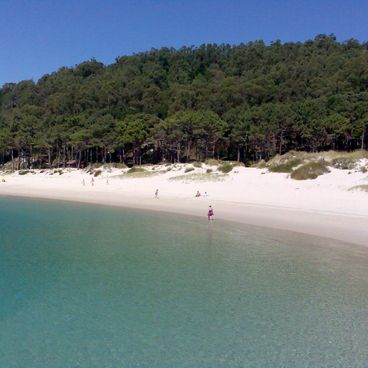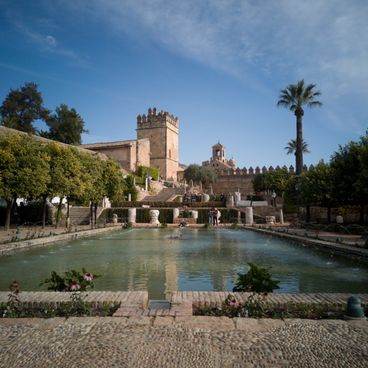Andalusia offers many sites away from typical tourist routes. This southern region of Spain is home to ancient troglodyte dwellings in Guadix, mountain villages like Zahara de la Sierra perched around medieval castles, and natural parks such as Cabo de Gata-Níjar extending over 50 kilometers of coast. Geological formations include the red volcanic rocks of Riotinto, a result of 5,000 years of mining, and canyons housing 240 Bronze Age dolmens in Gorafe park. Villages like Setenil de las Bodegas feature unique architecture, with houses built beneath natural rock overhangs shaped by the Trejo River. The Castle of La Calahorra, built in 1509 at an altitude of 1200 meters, combines Spanish fortifications with Italian Renaissance decoration. Further north, Baños de la Encina hosts the Burgalimar Castle dating from 968, surrounded by extensive olive groves. These sites showcase different facets of Andalusian heritage, from prehistoric remains to Moorish inscriptions, in environments ranging from mountains to Mediterranean coastal zones.
The cave dwellings of Guadix are carved into white tufa stone and form an extraordinary residential district in the province of Granada. For several centuries, families have inhabited these underground homes, which maintain a constant temperature of around 18 to 20 degrees throughout the year. This natural air conditioning makes life bearable during the hot Andalusian summer and pleasantly warm in winter. The Barrio de las Cuevas neighborhood counts more than 2,000 inhabited caves, equipped with modern amenities such as electricity and running water. The architecture of these dwellings demonstrates a perfect adaptation to the geological conditions of the region.
Setenil de las Bodegas is a village in Cádiz province where houses are built directly beneath massive rock overhangs. The Trejo River has carved these rock formations over thousands of years, creating deep gorges. Residents have used the natural caves and rock niches as roofs and walls for their homes. The streets of the village run along the gorge, with some buildings completely sheltered under the rock. This construction method provides natural protection from heat and cold.
Zahara de la Sierra sits on a rocky outcrop in the Sierra de Grazalema. The village is dominated by a 13th-century medieval fortress that served as an important border position during the Reconquista. Narrow streets lined with whitewashed houses climb up to the tower, which offers views over the surrounding countryside. At the foot of the mountain lies the Embalse de Zahara-El Gastor reservoir, which supplies water to the region and provides opportunities for fishing and kayaking.
La Calahorra Castle was built from 1509 on a rocky outcrop at 1200 meters altitude. This fortress combines Spanish military architecture with Italian Renaissance design in its interior. The four round corner towers and massive outer walls contrast with the inner courtyard featuring marble columns and arcades in Italian style.
Baños de la Encina is a historic town in Jaén province, known for its Castle of Burgalimar. The fortress was built in 968 during Moorish rule and represents one of the oldest preserved castle structures on the Iberian Peninsula. The town sits surrounded by extensive olive groves that form the economic backbone of the region. Its center maintains a medieval layout with narrow streets and traditional whitewashed houses.
This park extends across the arid plateaus north of Granada and contains one of the largest concentrations of dolmens in Europe. The 240 megalithic burial sites date from the Bronze Age between 2500 and 2000 BC and are distributed across an area of approximately ten square kilometers. These stone monuments stand amid a landscape of eroded red canyons and badlands, which give the site a particular geological dimension. Several walking trails allow visitors to discover multiple dolmens and understand the archaeological significance of this necropolis.
The Cabo de Gata-Níjar Natural Park extends over 50 kilometers along the Mediterranean coast in Almería province. The area features volcanic rock formations created by historical eruptions. The coastline includes numerous beaches and secluded coves. The park is home to over 1000 species of plants and animals adapted to the dry climate. This region is one of the driest areas in Europe.
Frigiliana sits at 300 meters elevation in Málaga province and ranks among Andalusia's white villages. The historic center preserves its Moorish heritage through narrow cobbled streets winding through the Barribarto quarter. Whitewashed houses display traditional ceramic decorations on facades and doorways. The 16th-century El Ingenio sugar cane mill recalls the area's agricultural past. Upper streets provide views across the Mediterranean coast and surrounding Sierra de Almijara mountains.
The Minas de Riotinto reveal over 5000 years of mining history, extracting metal-rich ores under Phoenician, Roman and later industrial operations. Intensive mining of copper, sulfur and other minerals has stained the landscape in shades of red and ochre, transforming the Río Tinto into one of the most acidic rivers in Europe. The local museum documents the technical evolution of mining with historical tools, geological specimens and archival materials. Visitors can walk through the mining site and observe the colored rock formations created by chemical weathering processes.
Júzcar is a small mountain village in the Serranía de Ronda with approximately 250 residents. The village was painted entirely blue in 2011 for a film promotion and retained this color following a vote by the inhabitants. The white houses, church, and even the cemetery received the blue coating, distinguishing Júzcar from the typical white villages of Andalusia. The village sits in a mountainous region with chestnut forests and offers hiking trails through the surrounding countryside.
This archaeological site comprises three Neolithic megalithic burial chambers. The Menga Dolmen was built around 3700 BC and measures 25 meters in length. The Viera Dolmen dates from the same period and features a long access corridor. The El Romeral Tholos was constructed later, around 3000 BC, and displays a circular domed structure. The three monuments document the evolution of burial architecture over several centuries. The site is located at the foot of Peña de los Enamorados and was designated a UNESCO World Heritage Site in 2016.
Villaluenga del Rosario sits at 858 meters altitude in the Sierra de Grazalema and is considered the smallest village in Cádiz province. The village is known for its goat cheese production, which follows traditional methods passed down through generations. A small 19th-century bullring carved into rock stands in the center. White houses blend into the mountain landscape and streets follow the natural slope of the terrain.
Osuna sits in the heart of the Andalusian hills and preserves a substantial historical heritage. The town is home to the Colegiata de Santa María, a Renaissance church featuring paintings by José de Ribera, and the Universidad de Osuna, founded in 1548. The Roman theatre from the first century was uncovered only in the 2000s and is now open to visitors. The 1904 Plaza de Toros ranks among the oldest active bullrings in Andalusia. The old town spreads across several hills with narrow streets and whitewashed houses, marked by numerous noble residences from the 16th and 17th centuries.
Écija is located in the province of Seville in Andalusia and is known as the City of Towers due to its numerous church steeples. The eleven baroque church towers dating from the 18th century define the skyline of this historic settlement. The streets are lined with noble palaces featuring decorated facades, interior courtyards with ceramic tiles, and wrought iron balconies. The religious buildings display elements of Andalusian baroque architecture with carved wooden altarpieces and sacred art collections. Several aristocratic palaces from this period are open to visitors and provide insight into the noble heritage of the town.
La Iruela sits on a hillside in Jaén province, dominated by a 13th-century castle perched on a rocky outcrop above the village. The fortress and its tower overlook the whitewashed houses below and provide views across the mountain ranges of the Sierra de Cazorla. The narrow streets wind upward through the village towards the medieval ruins, which stand as remnants of both Moorish and Christian periods in the region's history.
Medina Azahara is a 10th-century archaeological site located eight kilometers west of Córdoba. Caliph Abd ar-Rahman III commissioned the city between 936 and 940. Excavations have uncovered remains of reception halls, residential buildings, mosques and administrative structures. The site occupies three terraces on the slopes of the Sierra Morena. The halls feature decoration with marble, stucco and calligraphy. The museum displays artifacts recovered from the excavations.
Teba Castle rises on a hill above the town of the same name in the province of Málaga. This 13th-century military fortress was built during the Reconquista and played an important role in the conflicts between Christian and Moorish kingdoms. The site is connected to the history of Scottish knight James Douglas, who died in 1330 during the Battle of Teba while attempting to carry the heart of Robert the Bruce to the Holy Land. The preserved walls and towers provide insight into the medieval military architecture of Andalusia.
The Mosque of Almonaster la Real was constructed in the 10th century on the ruins of a Visigothic basilica. The prayer hall features five arches oriented towards the qibla, supported by columns with reused Roman and Visigothic capitals. Following the Christian Reconquista, a church and bell tower were added to the structure, creating a combined religious complex. The site stands on a hill above the village and provides views across the Sierra de Aracena.
The Patios of Córdoba are private courtyards located within residential houses in the old town, maintained by residents for centuries. These courtyards combine Roman architectural elements with Islamic design principles. Each patio features a central fountain or water basin, surrounded by pots filled with geraniums, jasmine and other Mediterranean plants. Residents open their patios every May during the festival, where the finest courtyards receive awards. This gardening tradition has been recognized by UNESCO as intangible cultural heritage.
Pampaneira sits at 1060 meters altitude in the Poqueira Valley of the Sierra Nevada. The village forms part of three white settlements in this gorge. The houses follow Moorish building traditions with flat roofs, whitewashed facades and narrow streets. Residents maintain centuries-old crafts including carpet weaving. From Pampaneira, hiking trails lead to the neighboring villages of Bubión and Capileira and to the higher areas of the national park.
Junta de los Ríos marks the confluence of two rivers in Jaén province, where a natural pool has formed between the rock formations. The water collects in this basin and offers comfortable temperatures for swimming from May to October. The rock formations frame the swimming area and create sheltered spots along the banks. Access is via hiking trails through the surrounding Mediterranean vegetation. This location is primarily visited by locals and remains away from the main tourist routes of Andalusia.
The Castle of Almodóvar del Río stands on a hill overlooking the Guadalquivir River and dates back to the 8th century. The complex includes defensive towers, courtyards and residential chambers that reflect various construction phases from Moorish origins to later Christian additions. The battlements provide views over the river valley and surrounding olive groves. The castle served as a military stronghold for centuries and underwent restoration in the 20th century.
This natural park covers a limestone mountain range with numerous caves and underground water courses. The Sierra de Grazalema records the highest rainfall in southern Spain and hosts a rich Mediterranean flora. The area includes several villages and offers hiking trails through gorges and forests. The geological formations developed through erosion over millions of years.
Bolonia Beach extends for four kilometers along the Andalusian Atlantic coast. The Bolonia dune rises up to 30 meters above sea level and ranks among the highest moving dunes in Spain. At the northern end lie the remains of the Roman city of Baelo Claudia from the second century BC, featuring preserved temples, a basilica, and salt factories. The area sits within the Estrecho Natural Park and offers views of the Moroccan coastline on clear days.
Cazalla de la Sierra sits within the Sierra Norte de Sevilla Natural Park and is known for producing anise liqueur. The town offers numerous hiking trails through Mediterranean holm oak forests and along the Huéznar River. Local distilleries open their doors for tours and tastings of traditional spirits. The surrounding area provides opportunities for birdwatching and mountain walking. The town center features 18th-century houses with traditional Andalusian architecture.
Carboneras is a fishing town on the Almería coast that extends along the edge of Cabo de Gata Natural Park. The town provides direct access to several sandy beaches, including the sheltered Playa de los Muertos. The harbor forms the economic center, where fresh fish is landed daily. The 16th-century San Andrés Castle dominates the coastline and formerly served as a defense structure against pirates.
Linares de la Sierra sits in the Sierra de Aracena and preserves its traditional 18th-century architecture. The village features cobbled streets, stone houses with wrought iron balconies, and a central plaza with an octagonal fountain. Nearby river pools offer natural swimming spots in cold water during summer months. The local economy relies on agriculture and livestock, with the area recognized for its Iberian pigs and chestnut trees.
Castillo de Castellar is a 13th-century medieval fortress perched on a hill overlooking the Guadarranque reservoir. Within its castle walls lies a small village with whitewashed houses, cobbled streets, and a central square. The fortress provides views of the artificial lake and the surrounding cork oak forests of Los Alcornocales Natural Park. Visitors can walk through the historic streets and observe the preserved Moorish architecture.
The Acequia del Toril has supplied water to the agricultural terraces of Órgiva since medieval times. This irrigation system was built following Arab engineering techniques and channels water from the Alpujarras mountains to the valley fields below. The water flows through a network of open channels that run along the hillsides, allowing precise distribution across the cultivated areas. The construction demonstrates the advanced hydraulic knowledge of Moorish engineers, who calculated gradients and flow rates to ensure consistent irrigation throughout the growing season.
Bodega Descalzos Viejos produces wine within the walls of a 16th-century monastery. The building has been restored and converted for winemaking while preserving its original architecture with vaulted ceilings and stone walls. Vineyards surround the former monastery and supply the grapes for local production. Visitors can tour the historic rooms and taste the different wines produced on site.
The Treasure Cave extends along the coast near Rincón de la Victoria, penetrating several hundred meters into the mountain. This geological formation developed millions of years ago through the interaction between seawater and limestone rock. The cave displays prehistoric paintings and engravings on its walls, indicating human occupation during the Paleolithic period. During the 18th century, pirates and smugglers used the cave as a hiding place for their goods and loot. The underground space consists of multiple galleries featuring stalactites and stalagmites. An underground lake occupies the rear section of the cave. Archaeological discoveries document the use of this site by different cultures spanning thousands of years.
